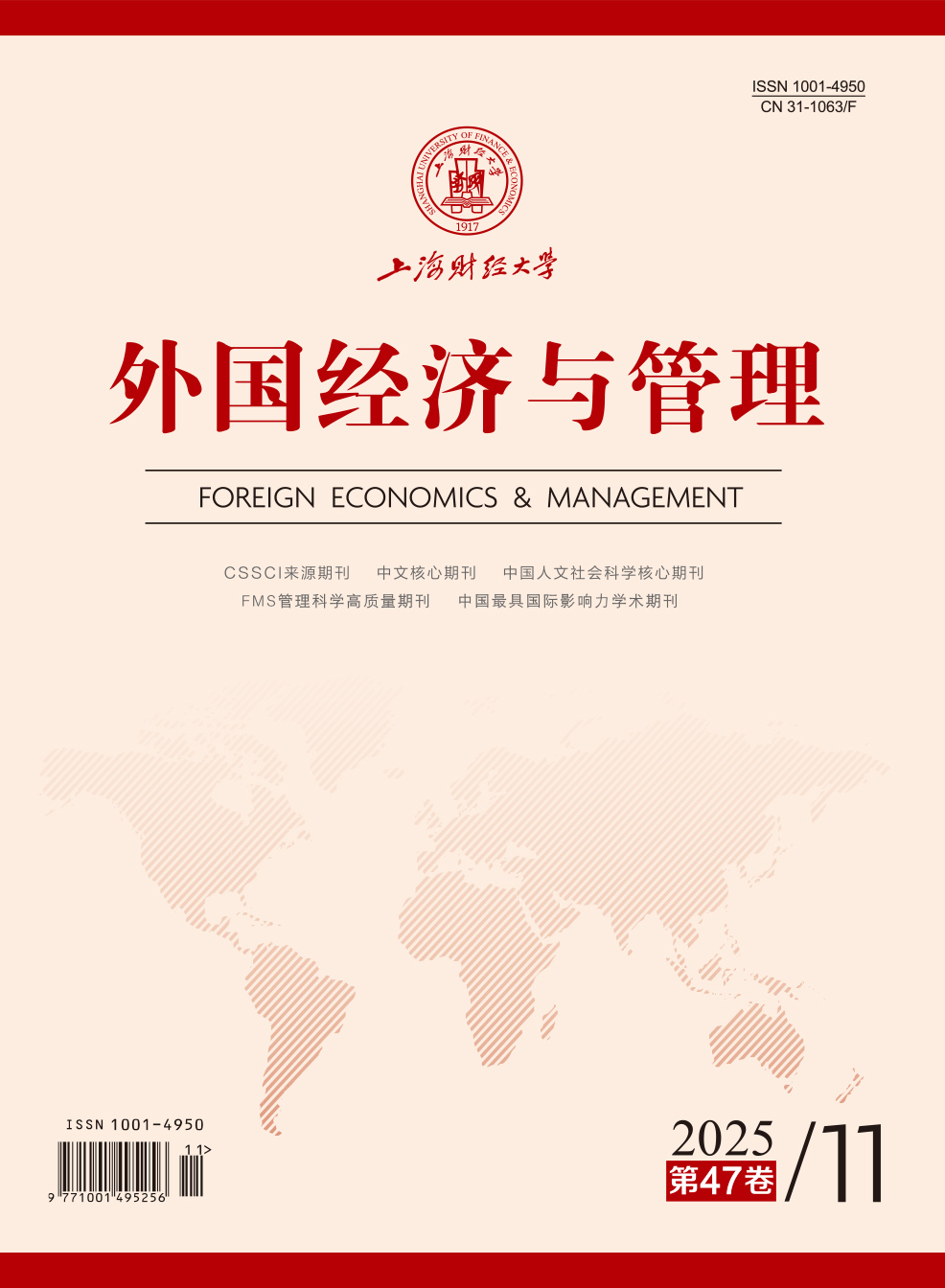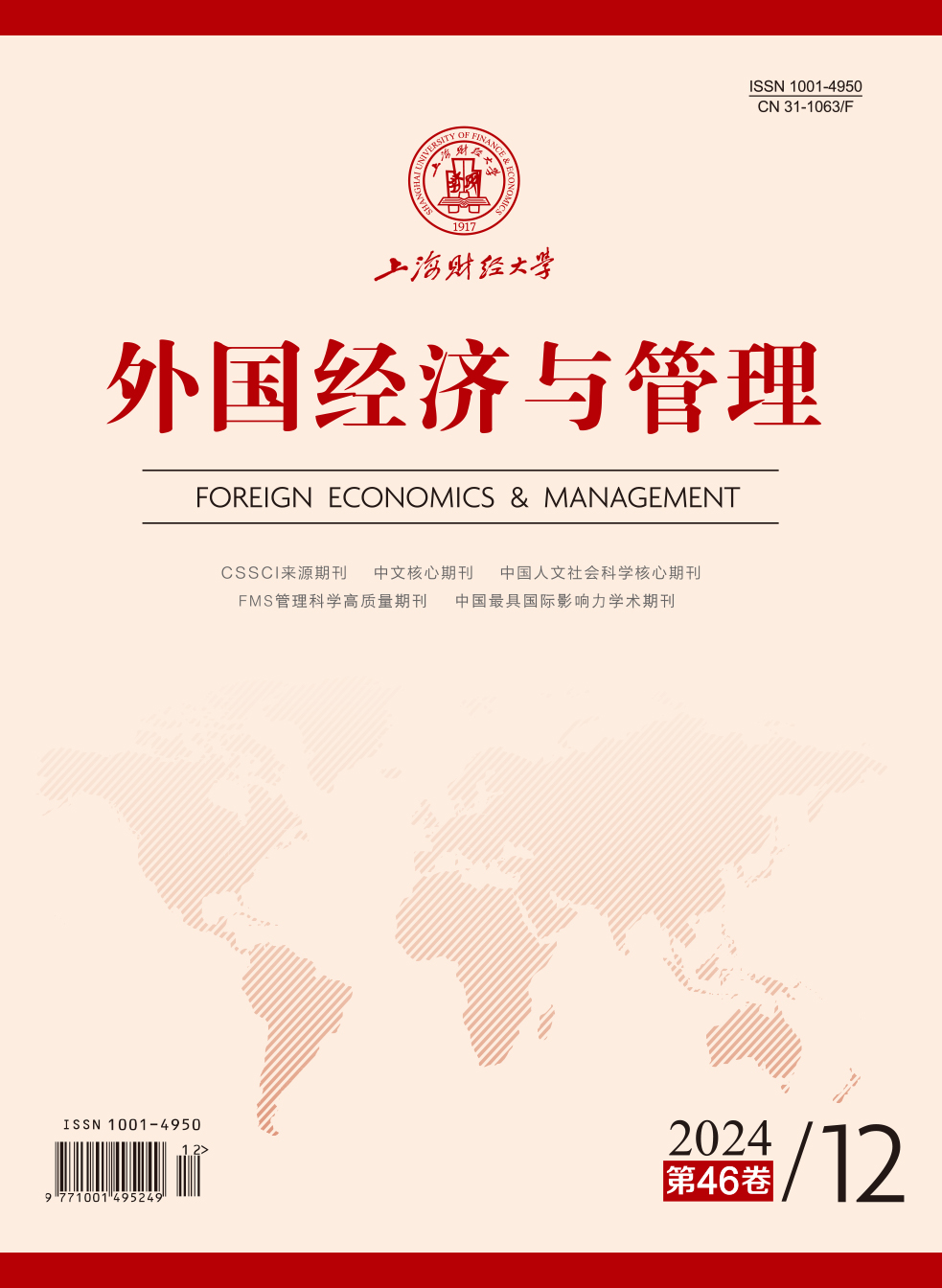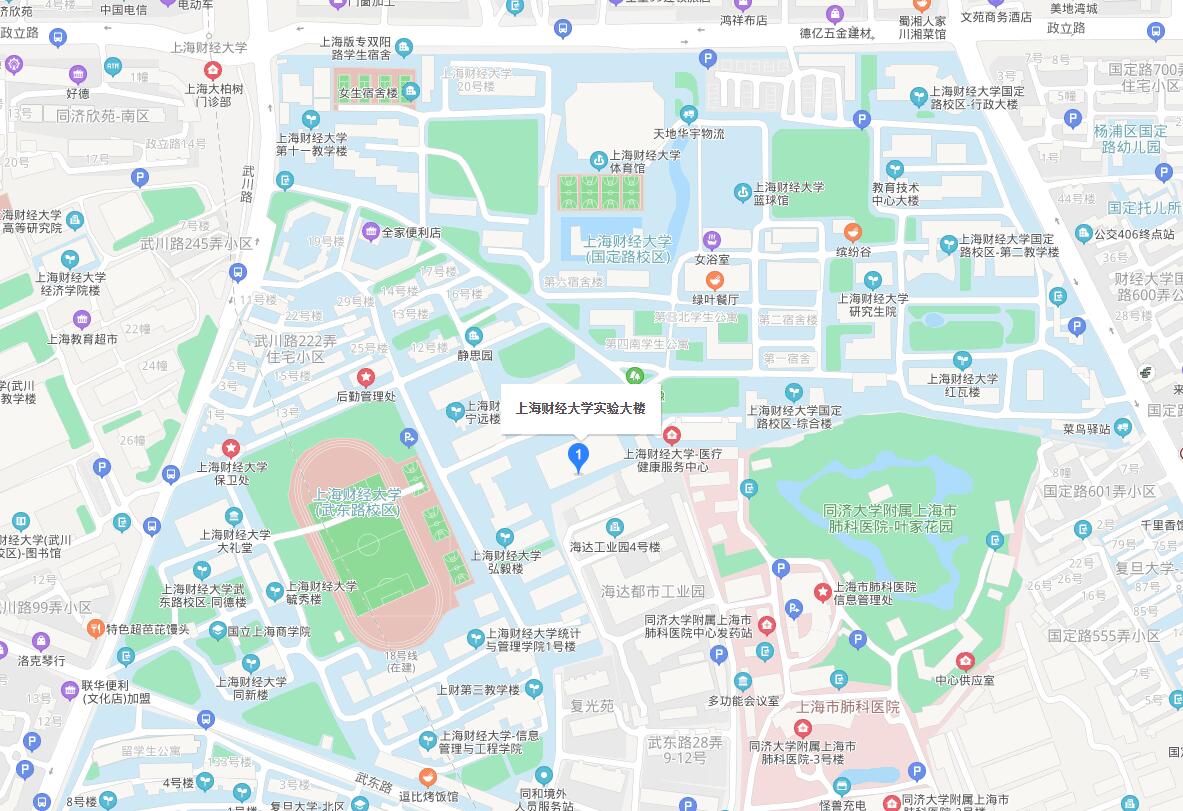本文梳理评述了2005—2022年间发表在国内外管理学领域顶级期刊上的关于组织能力微观基础的文献。首先,系统阐述组织能力微观基础的概念内涵、构成要素及发展概况。其次,基于“个体—结构—过程”分析框架梳理了微观构成要素及其互动对组织能力涌现的影响,评述了以往文献采用的研究方法。然后,总结组织能力从微观层面到宏观层面的涌现机制。再次,结合数字经济背景,阐述了数字技术的兴起如何改变传统微观要素构成和组织能力涌现过程。最后,构建了组织能力微观基础研究的理论框架,并从不同角度对涌现机制提出未来展望,为进一步推动组织能力微观基础研究提供参考。
组织能力的微观基础:研究述评与展望
摘要
参考文献
1 蔡莉, 杨亚倩, 詹天悦, 等. 数字经济下创新驱动创业过程中认知、行为和能力的跨层面作用机制——基于三一集团的案例研究[J]. 南开管理评论, 2024: 1-24.
2 陈德球, 胡晴. 数字经济时代下的公司治理研究: 范式创新与实践前沿[J]. 管理世界, 2022, 38(6): 213-239. DOI:10.3969/j.issn.1002-5502.2022.06.034
12 吴小龙, 肖静华, 吴记. 人与AI协同的新型组织学习: 基于场景视角的多案例研究[J]. 中国工业经济, 2022, (2): 175-192.
14 Abell P, Felin T, Foss N. Building micro-foundations for the routines, capabilities, and performance links[J]. Managerial and Decision Economics, 2008, 29(6): 489-502. DOI:10.1002/mde.1413
15 Aggarwal V A, Posen H E, Workiewicz M. Adaptive capacity to technological change: A microfoundational approach[J]. Strategic Management Journal, 2017, 38(6): 1212-1231. DOI:10.1002/smj.2584
16 Aguinis H, Molina-Azorín J F. Using multilevel modeling and mixed methods to make theoretical progress in microfoundations for strategy research[J]. Strategic Organization, 2015, 13(4): 353-364. DOI:10.1177/1476127015594622
17 Barney J, Felin T. What are microfoundations?[J]. Academy of Management Perspectives, 2013, 27(2): 138-155. DOI:10.5465/amp.2012.0107
18 Bridoux F, Coeurderoy R, Durand R. Heterogeneous social motives and interactions: The three predictable paths of capability development[J]. Strategic Management Journal, 2017, 38(9): 1755-1773. DOI:10.1002/smj.2605
19 Cohen W M, Levinthal D A. Absorptive capacity: A new perspective on learning and innovation[J]. Administrative Science Quarterly, 1990, 35(1): 128-152. DOI:10.2307/2393553
20 Coleman J S. Commentary: Social institutions and social theory[J]. American Sociological Review, 1990, 55(3): 333-339. DOI:10.2307/2095759
21 Contractor F, Foss N J, Kundu S, et al. Viewing global strategy through a microfoundations lens[J]. Global Strategy Journal, 2019, 9(1): 3-18. DOI:10.1002/gsj.1329
22 Distel A P, Sofka W, De Faria P, et al. Dynamic capabilities for hire – how former host-country entrepreneurs as MNC subsidiary managers affect performance[J]. Journal of International Business Studies, 2022, 53(4): 657-688. DOI:10.1057/s41267-019-00274-0
23 Dixon S E A, Meyer K E, Day M. Exploitation and exploration learning and the development of organizational capabilities: A cross-case analysis of the Russian oil industry[J]. Human Relations, 2007, 60(10): 1493-1523. DOI:10.1177/0018726707083475
24 Felin T, Foss N J. Strategic organization: A field in search of micro-foundations[J]. Strategic Organization, 2005, 3(4): 441-455. DOI:10.1177/1476127005055796
25 Felin T, Foss N J, Heimeriks K H, et al. Microfoundations of routines and capabilities: Individuals, processes, and structure[J]. Journal of Management Studies, 2012, 49(8): 1351-1374. DOI:10.1111/j.1467-6486.2012.01052.x
26 Felin T, Foss N J. Organizational routines and capabilities: Historical drift and a course-correction toward microfoundations[J]. Scandinavian Journal of Management, 2009, 25(2): 157-167. DOI:10.1016/j.scaman.2009.02.003
27 Felin T, Foss N J, Ployhart R E. The microfoundations movement in strategy and organization theory[J]. Academy of Management Annals, 2015, 9(1): 575-632. DOI:10.5465/19416520.2015.1007651
28 Foss N J. Microfoundations in strategy: Content, current status, and future prospects[A]. Duhaime I M, Hitt M A, Lyles M A. Strategic management: State of the field and its future[M]. New York: Oxford University Press, 2021.
29 Foss N J, Linder S. Microfoundations: Nature, debate, and promise[M]. Cambridge: Cambridge University Press, 2019.
30 Foss N J, Pedersen T. Microfoundations in strategy research[J]. Strategic Management Journal, 2016, 37(13): E22-E34.
31 Gavetti G. Cognition and hierarchy: Rethinking the microfoundations of capabilities’ development[J]. Organization Science, 2005, 16(6): 599-617. DOI:10.1287/orsc.1050.0140
32 Helfat C E, Peteraf M A. Managerial cognitive capabilities and the microfoundations of dynamic capabilities[J]. Strategic Management Journal, 2015, 36(6): 831-850. DOI:10.1002/smj.2247
33 Helfat C E, Peteraf M A. The dynamic resource-based view: Capability lifecycles[J]. Strategic Management Journal, 2003, 24(10): 997-1010. DOI:10.1002/smj.332
34 Kim H, Reiche B S, Harzing A W. How does successive inpatriation contribute to subsidiary capability building and subsidiary evolution? An organizational knowledge creation perspective[J]. Journal of International Business Studies, 2022, 53(7): 1394-1419. DOI:10.1057/s41267-021-00494-3
35 Kim J, Makadok R. Unpacking the “O” in VRIO: The role of workflow interdependence in the loss and replacement of strategic human capital[J]. Strategic Management Journal, 2023, 44(6): 1453-1487. DOI:10.1002/smj.3358
36 Kiss A N, Libaers D, Barr P S, et al. CEO cognitive flexibility, information search, and organizational ambidexterity[J]. Strategic Management Journal, 2020, 41(12): 2200-2233. DOI:10.1002/smj.3192
37 Pandza K. Why and how will a group act autonomously to make an impact on the development of organizational capabilities?[J]. Journal of Management Studies, 2011, 48(5): 1015-1043. DOI:10.1111/j.1467-6486.2010.00952.x
38 Paruchuri S, Eisenman M. Microfoundations of firm R&D capabilities: A study of inventor networks in a merger[J]. Journal of Management Studies, 2012, 49(8): 1509-1535. DOI:10.1111/j.1467-6486.2012.01066.x
39 Prashantham S, Floyd S W. Routine microprocesses and capability learning in international new ventures[J]. Journal of International Business Studies, 2012, 43(6): 544-562. DOI:10.1057/jibs.2012.13
40 Roscoe S, Cousins P D, Handfield R. The microfoundations of an operational capability in digital manufacturing[J]. Journal of Operations Management, 2019, 65(8): 774-793. DOI:10.1002/joom.1044
41 Soo C, Tian A W, Teo S T T, et al. Intellectual capital-enhancing HR, absorptive capacity, and innovation[J]. Human Resource Management, 2017, 56(3): 431-454. DOI:10.1002/hrm.21783
42 Srour Y, Shefer N, Carmeli A. Positive chair-CEO work relationships: Micro-relational foundations of organizational capabilities[J]. Long Range Planning, 2022, 55(3): 102124. DOI:10.1016/j.lrp.2021.102124
43 Stadler C, Helfat C E, Verona G. Transferring knowledge by transferring individuals: Innovative technology use and organizational performance in multiunit firms[J]. Organization Science, 2022, 33(1): 253-274. DOI:10.1287/orsc.2021.1446
44 Svahn F, Mathiassen L, Lindgren R. Embracing digital innovation in incumbent firms: How Volvo cars managed competing concerns[J]. MIS Quarterly, 2017, 41(1): 239-253. DOI:10.25300/MISQ/2017/41.1.12
45 Taylor A, Helfat C E. Organizational linkages for surviving technological change: Complementary assets, middle management, and ambidexterity[J]. Organization Science, 2009, 20(4): 718-739. DOI:10.1287/orsc.1090.0429
46 Teece D J. Explicating dynamic capabilities: The nature and microfoundations of (sustainable) enterprise performance[J]. Strategic Management Journal, 2007, 28(13): 1319-1350. DOI:10.1002/smj.640
47 Vera D, Bonardi J P, Hitt M A, et al. Extending the boundaries of strategic leadership research[J]. The Leadership Quarterly, 2022, 33(3): 101617. DOI:10.1016/j.leaqua.2022.101617
48 Vera D, Nemanich L, Vélez-Castrillón S, et al. Knowledge-based and contextual factors associated with R&D teams’ improvisation capability[J]. Journal of Management, 2016, 42(7): 1874-1903. DOI:10.1177/0149206314530168
49 Winter S G. Habit, deliberation, and action: Strengthening the microfoundations of routines and capabilities[J]. Academy of Management Perspectives, 2013, 27(2): 120-137. DOI:10.5465/amp.2012.0124
50 Wollersheim J, Heimeriks K H. Dynamic capabilities and their characteristic qualities: Insights from a lab experiment[J]. Organization Science, 2016, 27(2): 233-248. DOI:10.1287/orsc.2016.1053
51 Zimmermann A, Raisch S, Birkinshaw J. How is ambidexterity initiated? The emergent charter definition process[J]. Organization Science, 2015, 26(4): 1119-1139. DOI:10.1287/orsc.2015.0971
引用本文
李炜文, 李晓彤, 陈衍泰, 等. 组织能力的微观基础:研究述评与展望[J]. 外国经济与管理, 2024, 46(12): 37-54.
导出参考文献,格式为:





 3410
3410  4808
4808

